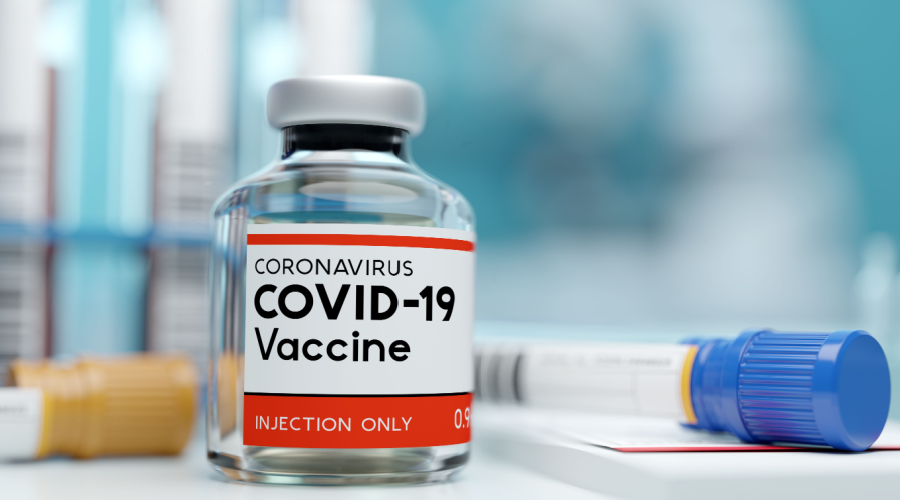With more than 16 million Americans suffering today from a disease caused by smoking, you probably often have patients filling prescriptions for smoking-related illnesses in your pharmacy. Tobacco use is the leading preventable cause of death in the U.S., according to the Centers for Disease Control and Prevention (CDC). With regular access to patients, independent community pharmacists are in a prime position to help patients quit smoking and improve their health.
“Pharmacists have a unique opportunity to help smokers quit because they are a trusted and accessible source of information and assistance on health issues,” said Stephen Babb, M.P.H., a public health analyst and spokesperson with the CDC’s Office on Smoking and Health.
Smoking is an issue pharmacists can help with today. According to the 2014 U.S. Surgeon General’s Report on Smoking and Health, “The current rate of progress in tobacco control is not fast enough, and much more needs to be done to end the tobacco epidemic.”
This year marked the 50th anniversary of the first Surgeon General’s report on smoking and health, which was released in 1964. Despite 50 years of campaigns, more than 42 million people in the U.S. continue to smoke cigarettes today.
“If smoking persists at the current rate among young adults in this country, 5.6 million of today’s Americans younger than 18 years of age are projected to die prematurely from a smoking-related illness,” the report stated.
Recent events, like CVS Health discontinuing the sale of tobacco products, have brought attention back to the issue of tobacco use and smoking. Many independent community pharmacies already don’t sell tobacco products, and as leaders in their communities they can play a key role in combating tobacco use and helping patients quit smoking for good.
Smoking cessation and business
Helping your patients live smoke-free isn’t just a public health service; it’s also an opportunity to increase business. Through the sale of cessation prescriptions and front-end products, like nicotine gum, lozenges and patches, you can provide a needed service—and earn revenue.
Providing nicotine counseling or even starting a complete smoking cessation program are additional ways to get patients into your pharmacy. “If you can’t get the patients into your pharmacy, then you don’t have any business,” said Fred Mayer, R.Ph., M.P.H., president of Pharmacy Planning Services, Inc., a non-profit corporation offering various health awareness programs to promote public health and education.
As a public health advocate and activist, Mayer has worked for more than 50 years to help people stop smoking and to end tobacco sales in pharmacies. He helped start the Great American Smokeout, an annual smoking cessation event now handled by the American Cancer Society, and he started one of the first smoking cessation campaigns in the U.S. at Sausalito Pharmacy, the independent pharmacy he owned in the 1960s.
“In those days, doctors were recommending Lucky Strike cigarettes to patients because they made you calm and they said they’d help you lose weight,” Mayer said. “I had a lot of patients coming in with lung problems; I had patients coming in with a cough and a cold; I had people who were dying, but they didn’t know it. So, I decided to get rid of cigarettes in my store and start smoking cessation,” he said.
“I went to all the doctors in my community and said, ‘Want to get your patients who have high blood pressure, cholesterol problems, diabetes, asthma and COPD to stop smoking? Send them to Sausalito Pharmacy.’” Mayer said he helped more than 350 patients quit smoking.
Today, only 17 percent of independent community pharmacies offer smoking cessation programs, according to the 2014 NCPA Digest conducted by the National Community Pharmacists Association. While, that’s up from 12 percent in 2011, it’s still a relatively small number.
Mayer recommends that pharmacists obtain smoking cessation certification and then work to develop a simple smoking cessation program in their pharmacies. “Pharmacists are the most available and accessible, but the most underutilized of all health care professionals,” he said. “You’re underutilized; you’re trained, and you can do smoking cessation.”
Helping patients quit
Many people want to quit smoking. In fact, 69 percent of adult smokers want to stop smoking and 43 percent have made a quit attempt in the past year, according to the CDC. They just don’t know how to quit for good.
That’s where pharmacists can make a difference. “Pharmacists are well-positioned to personalize the health effects of smoking by educating customers that specific health conditions they are experiencing are caused or exacerbated by smoking,” said Babb of the CDC.
“One specific area where pharmacists can make a big difference is in ensuring that patients use cessation medications correctly,” Babb said. “Using medications correctly is an important factor in successful cessation.”
Often, you can also help your patients simply by advising them to quit smoking and then providing them with information. It’s a good idea to ask questions about tobacco use when you create profiles of new patients and then to follow up with them.
“Pharmacists can leverage their relationships and credibility with regular customers to motivate them to quit, and to help them to quit successfully when they are ready to do so,” Babb said. “Pharmacists’ ongoing contact with customers also allows them to follow up with smokers over time to check how their quit attempt is going and to provide additional help if necessary.”
The CDC recently created a website full of resources for pharmacists to help their patients stop smoking. The website includes handouts for patients, posters you can download and hang in your pharmacy, frequently asked questions for health care providers, a video on how to conduct a tobacco intervention and additional resources for referring patients.
“Pharmacists’ role in helping smokers quit is only likely to grow as more smokers who were previously uninsured or underinsured gain cessation coverage and as many pharmacies begin to take on more health care functions,” Babb said.
The 5-Step Tobacco Intervention
Follow these easy steps to conduct a brief tobacco intervention with your patients.
1. Ask about tobacco use
Make asking about tobacco use standard procedure in your pharmacy. Always ask new patients, “Do you currently smoke or use other forms of tobacco?”
2. Advise the patient to quit
If the patient uses tobacco, your next step is to advise the patient to quit. You can say, “Quitting tobacco is one of the best things you can do for your health. I strongly encourage you to quit.”
3. Assess readiness to quit
Next, get a feel for how the patient feels about quitting by asking, “Are you interested in quitting tobacco?”
4. Assist the patient in quitting
If patients are ready to quit, provide brief counseling and obtain a prescription from the patient’s doctor (if appropriate.) Refer patients to other support resources that can complement your care, such as quitlines, like 1-800-QUIT-NOW; websites like smokefree.gov and betobaccofree.gov; or group counseling.
If patients aren’t ready to quit, strongly encourage them to consider quitting by using personalized motivational messages. Let them know you’re there to help when they’re ready.
5. Arrange for follow up
Follow up regularly with patients who are trying to quit. Make a note to check in with them whenever they come in to pick up a refill.
Source: Adapted from “The Brief Tobacco Intervention” from the Centers for Disease Control and Prevention
Resources
Agency for Healthcare Resource and Quality
Tips for pharmacists on how to offer brief tobacco counseling.
Centers for Disease Control and Prevention
Download handouts and posters, watch videos and get tips specifically for pharmacists to help patients quit smoking.
Smoking Cessation Leadership Center
Tools and resources to help pharmacists and other health professionals with tobacco intervention.












